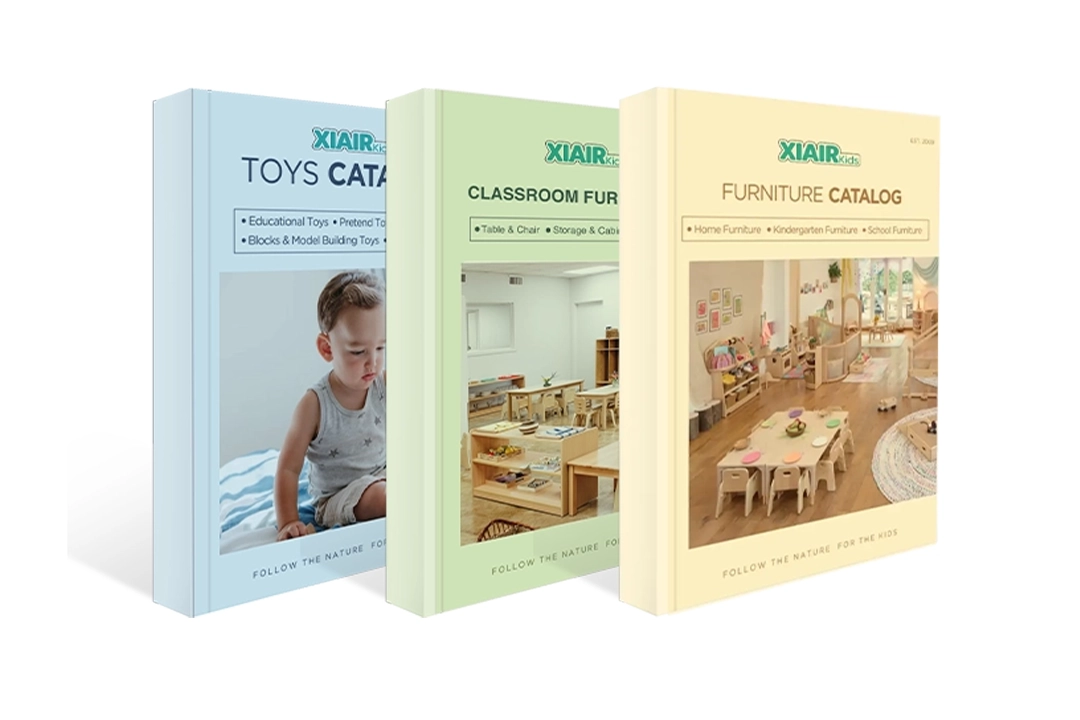Autumn is an enchanting season that naturally stimulates curiosity in children. It presents countless learning opportunities, from the crisp air to the vibrant hues of leaves. By incorporating autumn activities for preschool into their daily routine, children can explore the world around them while developing critical motor, cognitive, and social skills. Below, we offer 16 autumn activities for preschoolers to keep little learners engaged and excited about the season.
Autumn is the perfect time for preschoolers to explore nature, engage in sensory activities, and develop new skills. This post offers 16 engaging autumn activities for preschool, combining fun, education, and creativity—perfect for fall crafts, nature walks, and pumpkin themes that keep kids excited about the season.
Autumn activities for preschoolers are an excellent way to combine learning with the beauty of the fall season. Through various autumn activities for preschool, children can enhance their sensory, motor, and cognitive development. Let’s dive into these exciting ideas and see how autumn activities for preschoolers can make a difference in their learning journey.
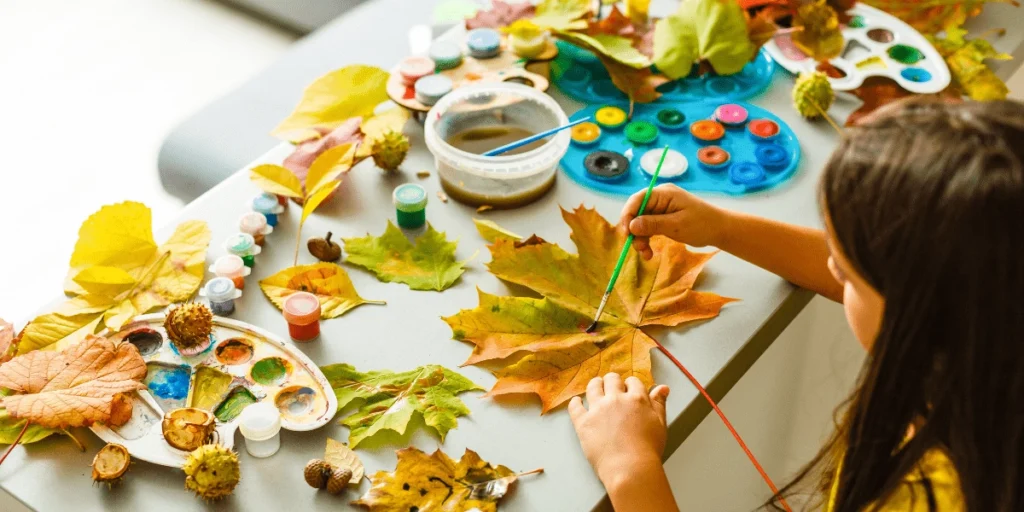
Benefits of Autumn-Themed Sensory Play
Autumn is a sensory wonderland. From the crunchy sound of fallen leaves to the texture of pinecones and pumpkins, this season is full of natural elements that engage a child’s senses and enhance their learning experience. Sensory play during autumn activities for preschool helps children explore the world around them using their senses while supporting the development of critical motor skills and cognitive abilities. With the changing colors, various textures, and different smells, fall is a perfect season to introduce autumn activities for preschool, focusing on sensory engagement.
One practical approach is creating autumn tuff-tray ideas for preschool, which involve setting up themed sensory trays or bins filled with natural autumnal objects. These trays can include dried leaves, pinecones, corn kernels, acorns, and small pumpkins. Preschoolers can use their hands to explore these objects, describing their textures, counting them, or even sorting them by size or color. Sensory trays encourage open-ended play, where children engage in self-directed exploration, improving focus and creative problem-solving through autumn activities for preschool.
Critical Benefits of Autumn-Themed Sensory Play:
- Motor Skills: Handling different textures like acorns, leaves, and corn kernels during autumn activities for preschool helps children fine-tune their hand-eye coordination, which is crucial for writing and daily tasks.
- Cognitive Development: Sensory play during autumn activities for preschool boosts cognitive growth as children use critical thinking to compare and contrast textures, shapes, and materials. For example, they might discuss why some leaves feel dry and crumbly while others are still soft and flexible.
- Language Skills: Encouraging children to describe what they feel, see, and hear during autumn preschool activities enhances their vocabulary and communication skills. Words like “crunchy,” “soft,” “smooth,” and “bumpy” help children express themselves, and this is particularly important for language development at an early age.
- Emotional Growth: Sensory play during autumn activities for preschool allows children to relax, explore, and process emotions, promoting self-regulation and mindfulness. Sensory activities can have a calming effect on children, helping them to unwind after more structured learning periods.
Sensory play is also an excellent way to incorporate autumn cooking ideas for preschoolers. For example, you could use dried corn kernels or small pumpkins in cooking projects, allowing the children to explore the textures and smells of the ingredients before using them in simple baking recipes, such as pumpkin bread or cornbread.
Incorporating these sensory activities into your classroom is a simple yet powerful way to improve engagement. Autumn activities for preschool, like seasonal sensory trays, can evolve into themed lessons, connecting nature to art, science, and mathematics.
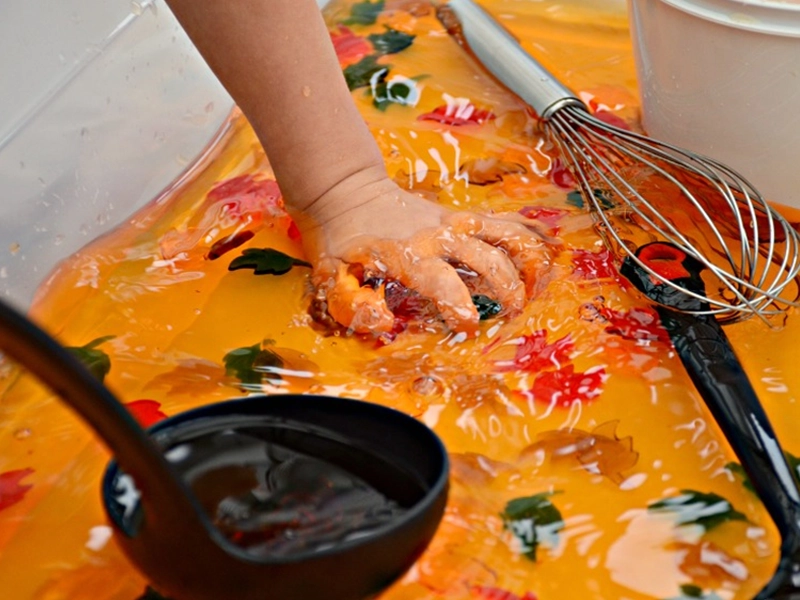
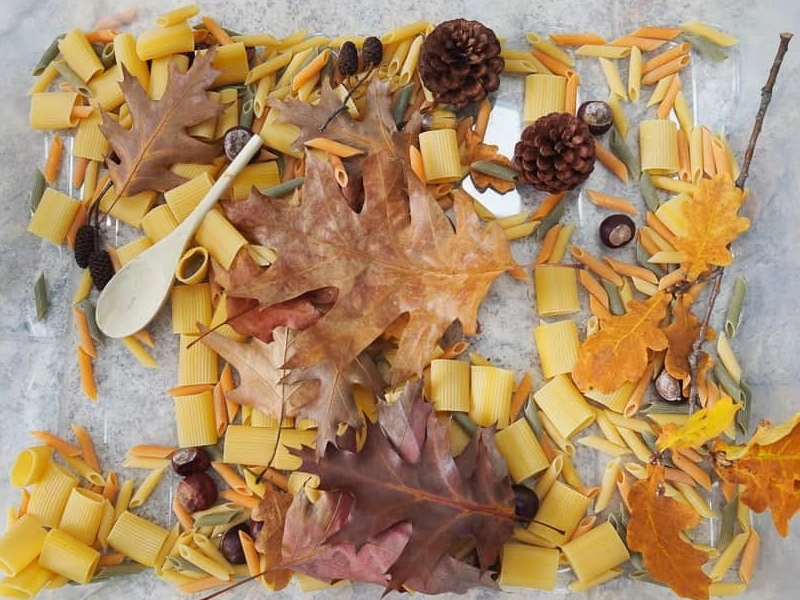
Autumn Activities for Preschool: Fun and Engaging Ideas
Autumn is the perfect time to introduce seasonal themes that connect children with nature and cultural traditions. Here are some engaging autumn activities for preschool classrooms that will spark curiosity and encourage learning. Each theme is designed to align with different curriculum areas, including literacy, numeracy, and creative arts.
Apple Theme
The apple theme is fun and educational, allowing children to explore the fruit through all their senses. Teachers can bring in different varieties of apples for a tasting event, discussing the differences in flavor, texture, and color. This theme can also involve simple autumn cooking ideas for preschoolers, such as making applesauce together. Children can be engaged in cutting the apples (using safe, kid-friendly tools), stirring the sauce, and tasting the final product.
Additionally, apple stamping is a beautiful autumn art idea for preschoolers. Cut apples in half and dip them into paint, creating beautiful apple prints on paper. This simple yet creative art project allows children to experiment with color and patterns while learning about symmetry and shapes through autumn activities for preschool.
Educational Tip: Discuss with children how apples grow from seeds into trees, linking them to nature and science lessons. You can even plant apple seeds as part of a long-term classroom experiment, encouraging the children to observe the growth over time. Create a class chart where the children can draw and label the apple tree’s growth stages, integrating literacy and science into autumn activities for preschool.
Apple Variety Discovery Table
Materials Needed: Red Delicious, Granny Smith, Gala apples, knife (for adults), observation sheet
Let kids observe different kinds of apples—look at their size, feel their skin, and describe their color. Talk about the differences before trying them.
Apple Tree Collage Craft
Materials Needed: Green and brown paper, red stickers or tissue balls, glue
Children build an apple tree collage. It supports fine motor skills and lets them decorate with “apples” in their way.
Apple Sorting by Color
Materials Needed: Red, green, and yellow pom-poms or paper apples, sorting trays or bowls
Have children sort apple colors into matching trays. You can add tongs or tweezers to strengthen hand muscles and coordination.
Apple Tree Counting Game
Materials Needed: Printable apple tree mats, red counters or mini pom-poms, number cards or dice
Kids roll a number and add that many apples to their tree mat. This is a great way to practice counting and following directions.
Apple Balance Challenge
Materials Needed: Plastic apples or red beanbags, flat surface like blocks or trays
Let children try to stack apples without them falling over. This activity helps improve hand-eye coordination and patience.
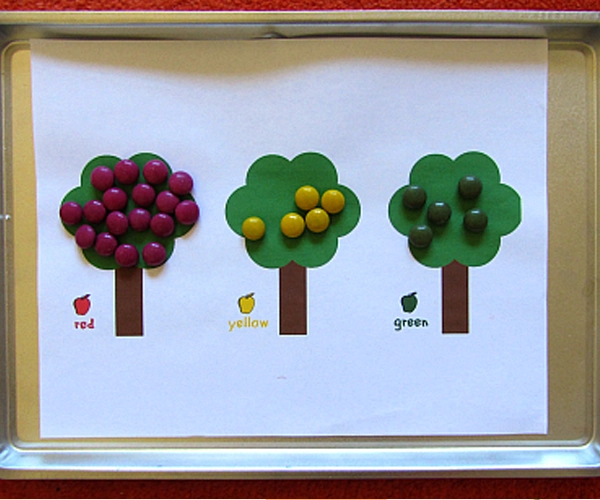
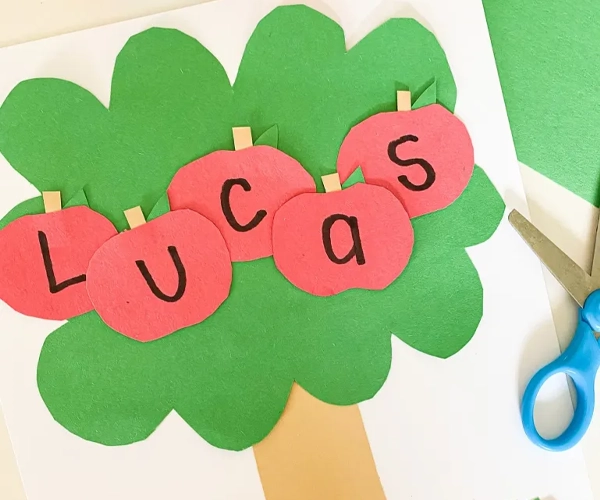

Pumpkin Theme
Pumpkins are synonymous with autumn, and there are countless ways to incorporate them into your curriculum. Start by letting children explore pumpkins with their senses—feeling the rough texture outside, then digging into the squishy pulp and slippery seeds inside. You can count seeds, measure the weight of pumpkins, and even compare their sizes, integrating early math concepts into autumn activities for preschool, such as measurement and comparison.
For an art project, try pumpkin painting rather than carving. Young children might find carving too difficult or unsafe, but painting pumpkins allows them to express their creativity. You can also use autumn craft ideas for kindergarten by creating pumpkin-themed paper crafts, such as cutting out shapes to make pumpkin faces or decorating paper pumpkins with glitter and stickers.
Autumn Baking Idea: Bake pumpkin muffins with the kids as a fun and delicious way to integrate cooking into the lesson. Let them mix ingredients, pour batter into cups, and watch the muffins rise in the oven. This project is a beautiful sensory and science lesson, as children learn about measurement, mixing, and how heat transforms ingredients during autumn activities for preschool.
Pumpkin Washing Station
Materials Needed: Small pumpkins, bin with warm water, dish soap, sponges
Set up a simple washing station. Let the children wash pumpkins using soap and sponges. It’s fun and helps with motor skills. Kids love water play.
Pumpkin Seed Art
Materials Needed: Cleaned pumpkin seeds, paper, glue, crayons
Instead of digging inside a pumpkin, use pre-cleaned seeds for creative art—make shapes, letters, or simple fall images.
Pumpkin Seed Sorting
Materials Needed: Pumpkin seeds, tweezers or fingers, sorting trays or bowls
Give kids a mix of pumpkin seeds and tiny beads. Let them sort the seeds using tweezers. It builds finger strength and focus.
Pumpkin Painting
Materials Needed: Mini pumpkins, washable paint, and paintbrushes
Instead of carving pumpkins, let kids paint pumpkins. They can add faces, patterns, or color blocks. It’s safe, creative, and festive.
Pumpkin Toss Game
Materials Needed: Soft mini pumpkins or beanbags, buckets with number labels
Children toss the pumpkins into numbered buckets. This helps with number recognition and gross motor skills.

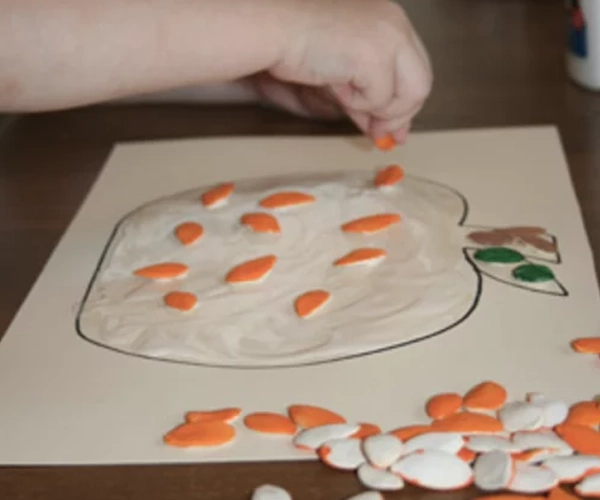

Animal Theme
Autumn is a time when animals prepare for the colder months. Use this theme to teach preschoolers about the behaviors of animals in fall, such as squirrels gathering acorns or bears preparing for hibernation. Engage children in creating autumn craft ideas for preschoolers, like making animal masks or creating squirrel and bear habitats using recycled materials. Discuss animals’ different habitats and how they prepare for winter, integrating environmental awareness into autumn activities for preschool lessons.
Nature walks are a great way to incorporate learning into autumn activities for preschool. Take the children outside to observe real squirrels, birds, and other wildlife. Ask them to notice the behaviors of these animals, whether they are gathering food, building nests, or hiding.
Art Extension: Have the children draw the animals they observed during their nature walk. These drawings can be displayed on a classroom autumn bulletin board, turning your classroom into a mini fall wildlife exhibit. You can also add facts about each animal’s autumn behavior, helping to reinforce learning through visual displays.
Squirrel Nut Gathering Game
Materials Needed: Acorns or brown pom-poms, baskets or small buckets, cones or floor markers
Create a pretend “forest” area where children play as squirrels collecting nuts for winter. Place acorns or pom-poms around the space and let children gather them into their nests. You can add a counting element by giving each child a number goal. This active game supports gross motor development, counting, and imaginative play and fits naturally into autumn activities for preschool.
Animal Track Matching
Materials Needed: Printable animal track cards, animal picture cards, laminator (optional)
Prepare cards showing standard autumn animal tracks (e.g., deer, squirrel, raccoon) and matching animal images. Children match the track to the animal and discuss where it might live or what it eats. This activity promotes observation skills, critical thinking, and vocabulary development in a fun, theme-appropriate format.
Hibernation Sorting Activity
Materials Needed: Animal picture cards, two labeled bins or sorting mats (“Hibernates” / “Stays Active”)
Show pictures of animals and ask children to sort them based on whether they hibernate or stay active in the fall and winter. This science-based activity introduces early classification and supports knowledge of seasonal animal behavior—an ideal part of autumn activities for preschool with a learning goal.
Build an Animal Habitat
Materials Needed: Shoeboxes or trays, natural materials (leaves, twigs, pinecones), toy animals or animal cutouts
Children work in small groups to build a home for a woodland animal using natural or recycled materials. Ask them to consider what their animal needs to stay warm or hidden. This activity encourages cooperation and spatial thinking and reinforces the connection between animals and their fall habitats.
Fall Animal Movement Game
Materials Needed: Cards with pictures or names of animals (e.g., “hop like a rabbit,” “waddle like a duck”)
Call or have children draw a card and then act out how that animal moves. This game gets children moving and laughing while learning about animal behaviors. It’s a great warm-up or transition activity in any collection of autumn activities for preschool.
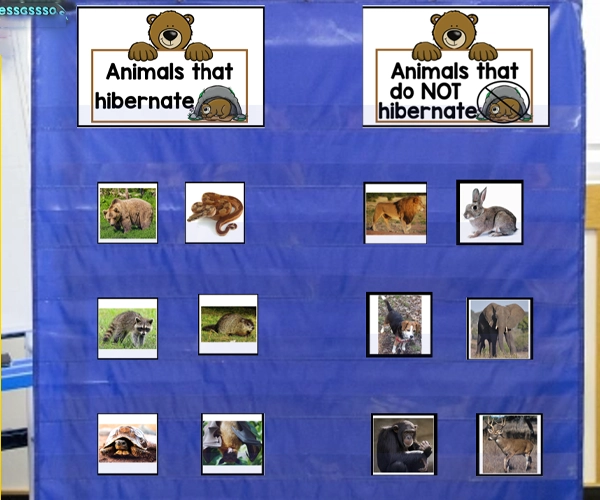


Don’t just dream it, design it! Let’s chat about your custom furniture needs!
Leaves Theme
Falling leaves are a hallmark of autumn and can become the focus of numerous educational autumn activities for preschool. Children can go on a leaf hunt, gathering different shapes and colors of leaves. Back in the classroom, they can sort the leaves by size, color, or type, providing a simple introduction to classification and sorting—key early math skills. You can create an entire unit based around leaves, using them in art, science, and math lessons through various autumn activities for preschool.
Children can also create autumn leaf crafts, such as leaf rubbings (using crayons and paper) or leaf collages. These activities allow children to explore the textures and patterns found in nature while developing their fine motor skills. For a more sensory experience, children can paint over the leaves and use them as stamps to create textured leaf prints on paper. These can be used to make seasonal decorations for the classroom, adding more variety to your autumn activities for preschool.
Educational Tip: Use the collected leaves to discuss why trees lose their leaves in the fall. You can tie this into lessons about the seasons, plant life cycles, and weather changes. If possible, collect leaves from a variety of trees to teach children about the diversity of plants. This type of seasonal science lesson ties in perfectly with the overall concept of autumn activities for preschool.
Leaf Painting Print Art
Materials Needed: Real leaves, paint, brushes, white paper
Paint one side of the leaf, press it on paper, and lift to see a bright, colorful print. It adds creativity to leaf exploration.
Leaf Shape Matching Game
Materials Needed: Leaf shape cutouts (maple, oak, etc.), cards or matching board
Kids match leaf shapes one-to-one. A good way to introduce leaf names and early visual thinking.
Leaf Matching Game
Materials Needed: Pairs of real or printed leaves, tray or mat
Make pairs of leaves with slight differences in shape or size. Children try to find the matching pairs, which sharpens their observation skills.
Leaf Suncatchers
Materials Needed: Contact paper, tissue paper (fall colors), leaf-shaped frames (optional)
Stick torn pieces of tissue paper between sheets of contact paper in a leaf shape. Hang in windows to catch the sunlight.
Leaf Toss Movement Game
Materials Needed: Artificial fabric leaves or real dried leaves, open space
Throw a handful of leaves and encourage children to jump, catch, or run through them. This adds a fun physical element to your fall theme.



Weather Theme
Autumn often brings cooler temperatures, rain, and wind, providing an opportunity to introduce preschoolers to weather-related topics through engaging in autumn activities for preschool. Simple experiments, like charting daily temperatures or using rain gauges, can help children understand how the weather changes during autumn. Children can also create weather-related art like wind-inspired paintings or raindrop collages.
As a fun group project, try making a large classroom weather chart where children can track the daily weather, adding symbols like suns, clouds, and raindrops. This activity can also be integrated into math lessons, where kids count how many rainy days occur in a week or observe temperature changes—an educational extension to autumn activities for preschool.
Rain Cloud in a Jar
Materials Needed: Clear jar or cup, shaving cream, blue food coloring, dropper or spoon
Fill the jar with water, add a layer of shaving cream, and then drip blue food coloring over the top. Kids watch the “rain” fall through the “cloud”—a fun way to talk about rain formation.
Weather Dress-Up Sorting Game
Materials Needed: Cutouts or toy versions of clothing items (raincoat, boots, scarf, etc.), weather cards
Show a weather card (sunny, rainy, snowy) and let kids choose what clothing matches it. Great for building weather awareness and vocabulary.
Wind Blowing Experiment
Materials Needed: Straws, feathers or cotton balls, tray or table
Children use straws to blow light objects across a surface. It helps them understand how wind moves and builds oral motor strength.
Make a Tornado in a Bottle
Materials Needed: Two plastic bottles, duct tape, water, glitter or dish soap (optional)
Tape two bottles (one filled with water), flip and swirl to make a mini tornado. Talk about how fast the weather can change.
Weather Chart Routine
Materials Needed: Weather chart (sunny, rainy, cloudy, etc.), weather pointer or clip
Start each day with a short weather report. Let kids take turns identifying the day’s weather and updating the chart—this is great for routine and language use.
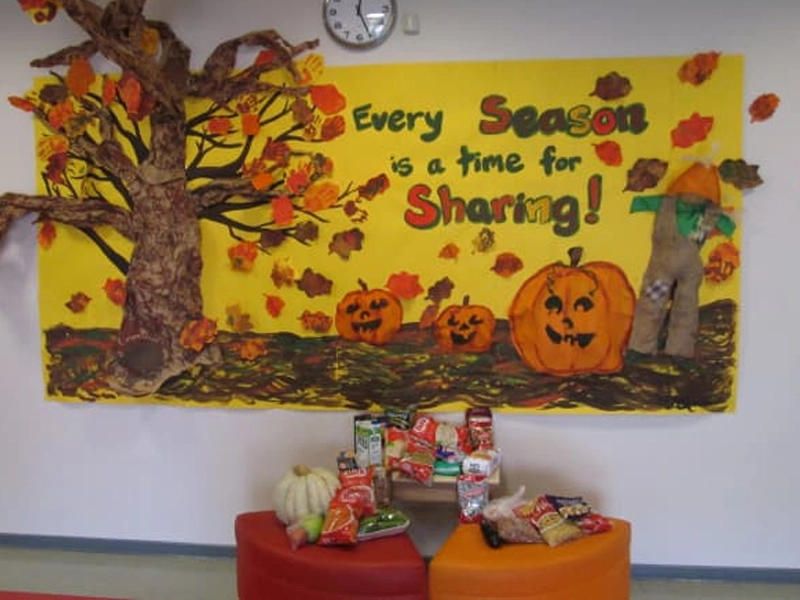
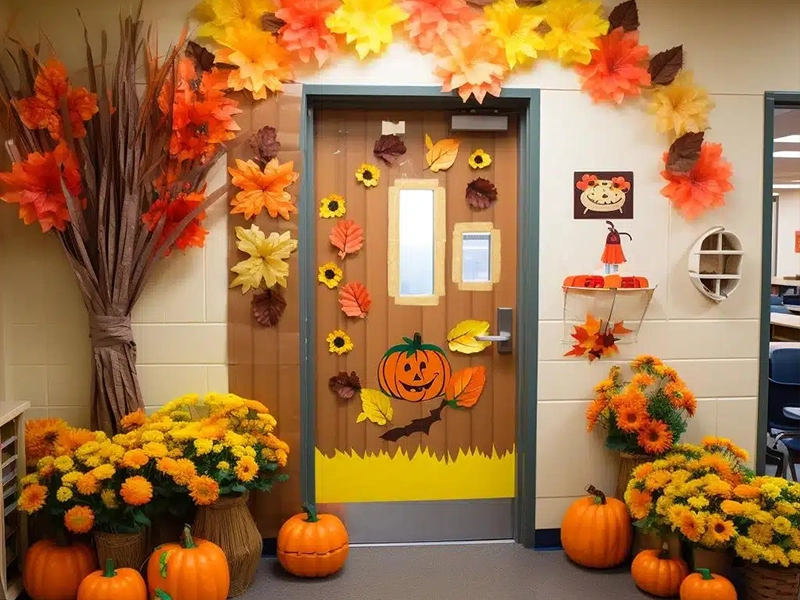
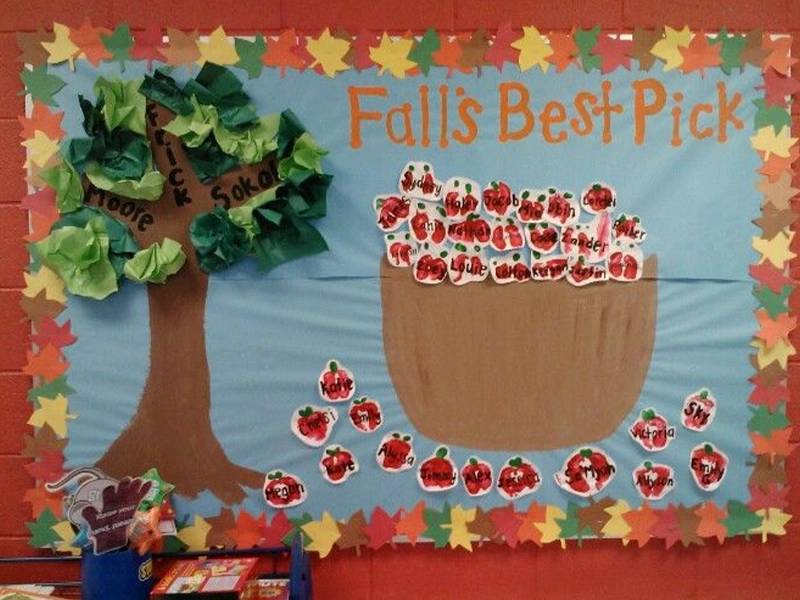
Autumn Activity Ideas for Kids
Below are hands-on and creative autumn activity ideas for kids that incorporate both indoor and outdoor experiences:
Start an Autumn Leaf Collection
Materials Needed: Small bags or baskets for collecting, magnifying glasses, wax paper, and paper for sorting
Go on a nature walk with your preschoolers and collect various leaves. Once back in the classroom, the children can sort and categorize their leaves by shape, size, or color. This provides a hands-on science lesson, allowing them to observe the differences in leaves from various trees. Afterward, the leaves can be pressed between wax paper to preserve them, and the children can use them in an autumn activity for preschool, such as creating leaf prints or collages.
Apple Tasting Event
Materials Needed: Red, green, and yellow apples (sliced), paper plates, napkins, chart paper, markers
This autumn activity for preschoolers is a favorite among children. Have a variety of apples—red, green, and yellow—and let the children taste them. Ask them to describe how each apple tastes and feels: sweet, sour, soft, or crunchy. After tasting, have the children graph their favorite apple. This introduces them to new foods while reinforcing math skills with graphing and counting, making it a fun and educational autumn activity for preschool.
Educational Tip: Extend this autumn activity for preschool by making a simple apple pie or applesauce with the children. This introduces cooking, following instructions, and teamwork into the classroom, adding even more depth to the learning experience.
Scarecrow Craft
Materials Needed: Straw, old clothes, felt, buttons, glue, paper, or small scarecrow templates
Scarecrows are an essential symbol of autumn. Provide materials such as straw, old clothes, felt, buttons, and glue, and help children build their mini scarecrows. This autumn activity for preschool connects to the harvest theme and introduces children to agricultural concepts in a hands-on, creative way.
Leaf Observation
Materials Needed: Magnifying glasses, collected leaves, crayons, white paper
Encourage the children to examine the leaves they collected closely using magnifying glasses. Discuss the differences in texture, veins, and edges. Children can use crayons to make leaf rubbings or create textured paintings using the leaves as stamps. This is a beautiful autumn activity for preschool that incorporates art and science.
Thanksgiving Handprint Tree
Materials Needed: Colored construction paper, pencils, scissors, glue or tape, markers or crayons
Each child can create a thankful tree by tracing their handprints on colored construction paper. They can write or draw something they are grateful for on each handprint and attach it to a large paper tree on the classroom wall. This autumn activity for preschoolers fosters gratitude while enhancing fine motor skills and creativity.
Pine Cone Painting
Materials Needed: Pine cones, bright-colored paint, paintbrushes, paper plates
Children can paint pine cones with bright fall colors, which they can use as festive decorations in the classroom or at home. This is a popular autumn activity for preschoolers, helping improve fine motor skills while encouraging creativity.
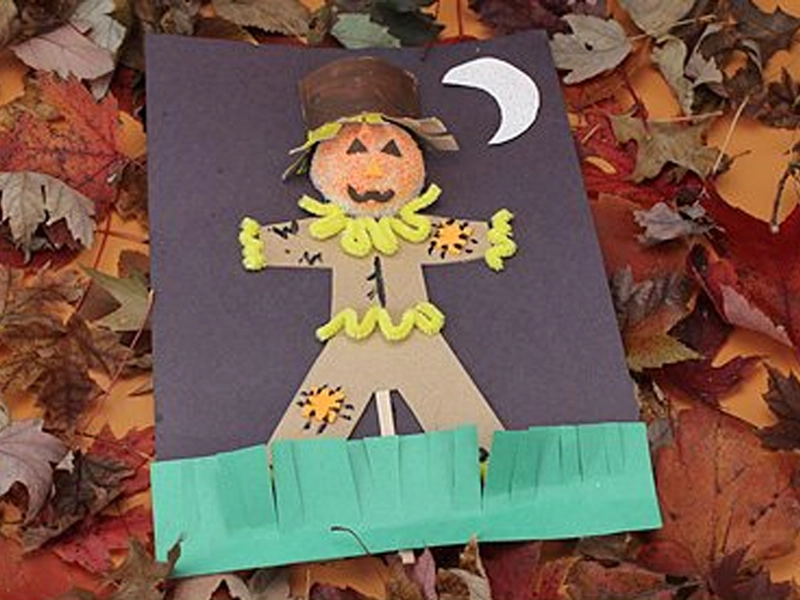
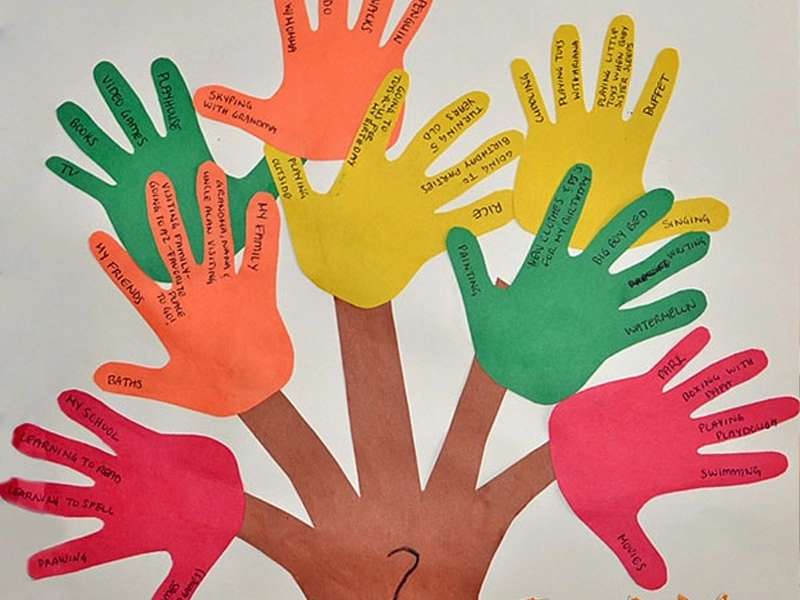
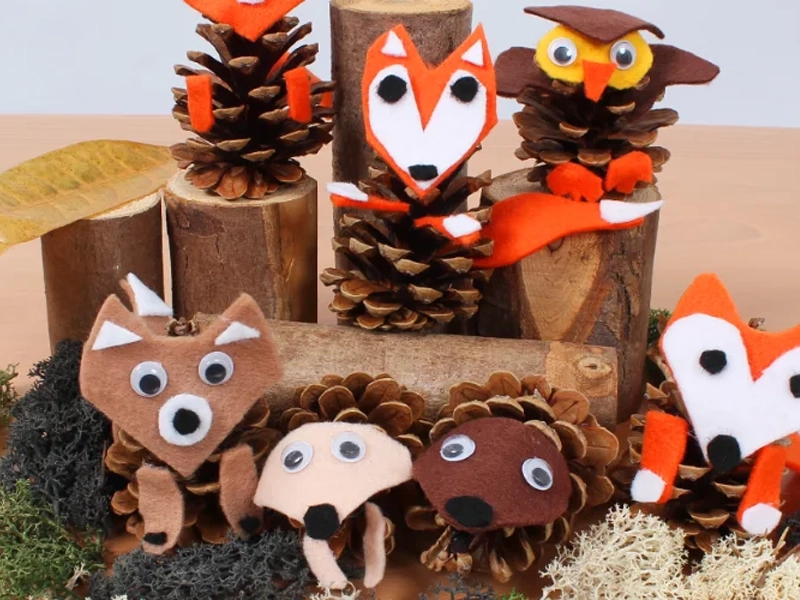
Fall Leaf Crown Craft
Materials Needed: Brown paper strips (for headbands), collected autumn leaves, glue, tape, or stapler
Children use real fall leaves to decorate their wearable crowns. First, help them measure and cut a strip of brown paper to fit around their heads. Then, they choose colorful leaves and glue them along the band. Once dry, staple or tape the ends together to wear. This activity sparks imaginative play, supports fine motor development, and helps children connect with the seasonal environment.
Pinecone Bird Feeder
Materials Needed: Large pinecones, peanut butter or sunflower butter, birdseed, string or yarn
Tie a string to the top of each pinecone. Then have children spread peanut butter over the pinecone’s surface using a spoon or child-safe knife. Next, roll it in birdseed and hang it on a tree branch. This fantastic sensory activity teaches kindness to animals and introduces children to basic environmental science in a hands-on way.
Pumpkin Rolling Race
Materials Needed: Mini pumpkins (same size), open space (indoor hallway or outdoor path), cones, or tape to mark lanes
Set up a pumpkin race course by marking lanes with cones or tape. Each child gets a pumpkin and rolls it to the finish line without picking it up. This silly and energetic game helps improve gross motor coordination, balance, and spatial awareness. You can even time each child and record results for math extension later!
Squirrel Nut Hide Game
Materials Needed: Acorns or brown pom-poms, small containers, fabric scraps or leaves for covering
Explain to the children that squirrels gather and hide food for winter. Have them “hide” nuts around the classroom or outdoor area, swap spots, and try to find each other’s hidden treasures. This game builds memory and turn-taking skills and connects children to seasonal animal behavior in a fun way.
Fall Smell Station
Materials Needed: Small jars or cups, cotton balls, cinnamon sticks, cloves, nutmeg, pumpkin spice, labels, blindfold (optional)
Prepare jars with different fall scents using soaked cotton balls or dried herbs. Cover with a breathable material like cheesecloth. Let children take turns smelling and guessing the scent. You can turn it into a matching game by showing pictures of each item. This activity builds vocabulary and memory and encourages sensory exploration through smell.
Corn Painting with Bubble Wrap
Materials Needed: Bubble wrap, yellow/orange paint, corn-shaped outline on paper, tape, rollers or hands
Cut bubble wrap around a child’s hand or a small paint roller. Dip it into fall-colored paint and press it over a corn outline on paper. The bubble texture mimics kernels! This open-ended art project strengthens fine motor control and introduces texture and printmaking in a way tied directly to the harvest season.
Harvest Rhythm Sticks
Materials Needed: Pairs of rhythm sticks or smooth dowels, fall-themed songs, or instrumental tracks
Play autumn songs or nature sounds and give each child a pair of sticks to tap to the beat. Guide them to mimic harvesting sounds like chopping, raking, or knocking. This activity supports rhythm recognition and coordination and is especially good for auditory learners. It can also be done as a group circle-time activity.



Outdoor Autumn Activities for Preschoolers
Outdoor exploration is a vital part of early childhood education. These outdoor autumn activities for preschoolers will allow children to connect with nature, engage in physical activity, and learn about the fall season.
Nature Walk
Materials Needed: Small paper bags or baskets for collection, magnifying glasses (optional)
Lead the children on a nature walk through a park or nearby forest, encouraging them to observe the signs of autumn. They can collect leaves, acorns, pinecones, or small twigs. Once back in the classroom, these items can be used for crafts or sporting activities, making it an interactive autumn activity for preschoolers that blends nature and learning.
Autumn Scavenger Hunt
Materials Needed: Printable scavenger hunt list, pencils or crayons, bags or boxes for collected items
Create a fall-themed scavenger hunt. Provide the children with a list of items to find, such as red leaves, acorns, and pinecones. This autumn activity for preschool helps build observation skills, introduces the concept of categorization, and encourages teamwork if the children work in pairs or groups.
Fall-Themed Sensory Bin
Materials Needed: Dried corn kernels, acorns, pinecones, small pumpkins, cups, scoops, tray or sizeable plastic bin
Fill a bin with autumn elements such as dried corn kernels, acorns, pinecones, and small pumpkins. Allow the children to explore these items with their hands, scooping and pouring them using cups and spoons. Sensory bins are a perfect autumn activity for preschools, encouraging tactile learning, improving fine motor skills, and providing a calming experience.
Handprint Fall Tree Craft
Materials Needed: Red, orange, and yellow paint, white paper, paintbrushes, markers
Children can dip their hands in red, orange, and yellow paint to create leaves for a fallen tree. This fun art project is a great autumn activity for preschool, reinforcing seasonal themes while encouraging sensory exploration and creativity.
Pumpkin Patch Hop
Materials Needed: Paper or foam pumpkins, outdoor space, chalk or tape to mark lines
Lay out pumpkin shapes on the ground in a random pattern. Children jump from one pumpkin to the next as you call out colors or numbers. This active outdoor game blends movement with color recognition and early counting, making it a joyful addition to autumn activities for preschool.
Windy Weather Streamer Dance
Materials Needed: Ribbon streamers or scarves, a speaker or autumn-themed music
Let children dance outside while holding streamers in the breeze. Talk about fall winds and how they make the trees move. This movement-based outdoor autumn activity for preschoolers strengthens coordination and connects music with seasonal changes.
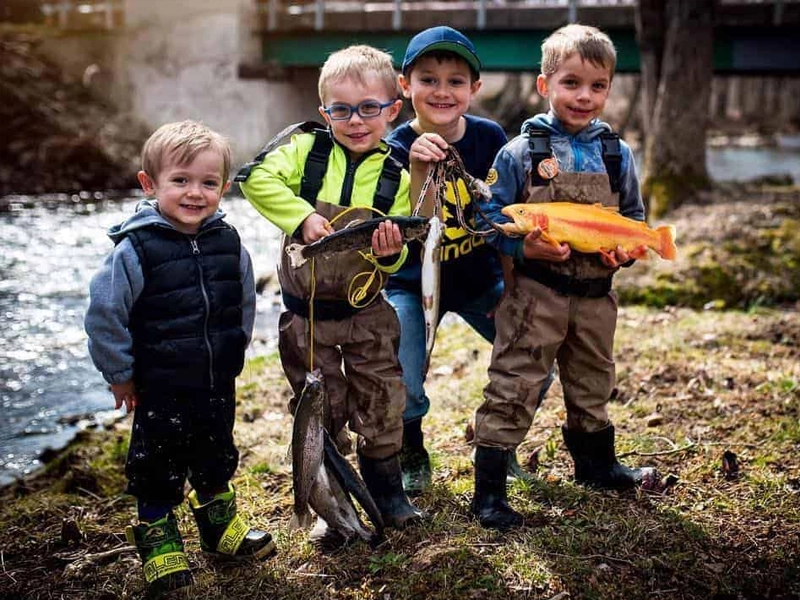
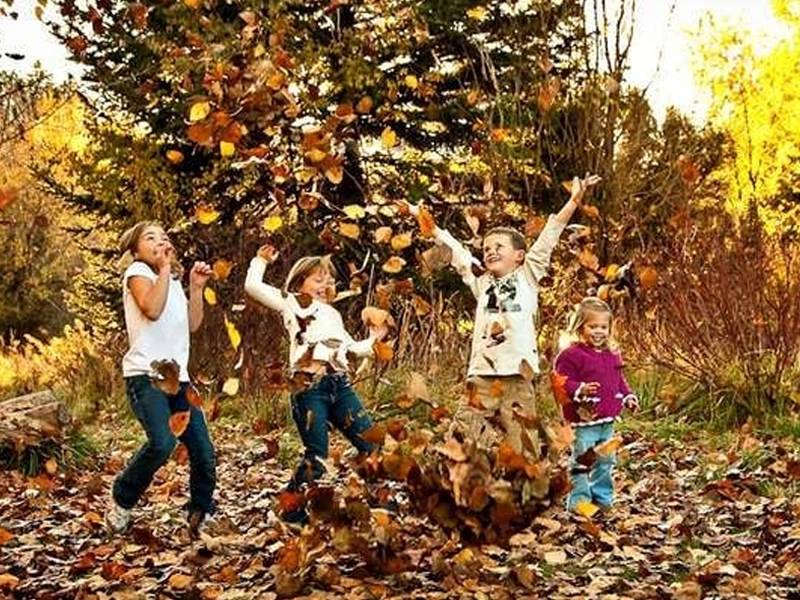
Acorn Scoop Relay
Materials Needed: Acorns or brown beads, spoons, buckets or bowls, cones for marking lanes
Set up a short relay course. Children use spoons to carry acorns to a bucket at the end of their lane. This activity builds balance, hand control, and teamwork—perfect for group-based autumn activities in preschool settings.
Shadow Tracing with Leaves
Materials Needed: Large leaves, sidewalk chalk, sunny space
Place large leaves on the ground in sunlight, and let kids trace their shadows using chalk. Talk about light and shadow, introduce new vocabulary like “outline” and “shape,” and encourage creativity—great for STEAM-aligned autumn activities for preschool children.
Outdoor Leaf Letter Hunt
Materials Needed: Paper leaves labeled with letters, tape or clips, tree branches, or playground
Hide paper leaves with alphabet letters around the outdoor space. Children search for specific letters, name them, and use them to form simple words. This combines outdoor exploration with literacy—a potent combo in autumn activities for preschool programs.
Hay Bale Climb and Crawl
Materials Needed: Mini hay bales or large cardboard boxes, open space, cones or safety markers
Set up a climbing and crawling course using hay bales or safely stacked boxes. Kids climb over, crawl under, or walk around the bales. This activity boosts gross motor development and gives children a hands-on fall farm experience, making it a popular part of outdoor autumn activities for preschool programs.
Leaf Shape Sorting Trail
Materials Needed: Paper leaves in different shapes (maple, oak, birch, etc.), baskets or hoops, ample outdoor space
Scatter different leaf shapes outdoors. Children run around collecting them and then sort them into labeled baskets. This activity combines physical movement, shape recognition, and classification—great for reinforcing early cognitive skills through autumn activities for preschool learning.
Rake and Pile Cooperative Game
Materials Needed: Child-sized plastic rakes, leaf piles (real or artificial), buckets
Children work together to rake leaves into small piles and transfer them into containers. This is a fun, active way to promote teamwork, sharing, and responsibility—all while connecting with classic fall cleanup routines. It also helps children build arm strength and coordination.
Pumpkin Bowling
Materials Needed: Mini pumpkins with flat bottoms, empty plastic bottles or pins, flat ground
Set up a bowling lane with pins (plastic bottles). Kids gently roll the pumpkins to knock them down. It’s simple to set up, safe to play outdoors, and ties directly into the seasonal theme. Perfect for integrating physical play into autumn activities for preschool with a twist of fun.
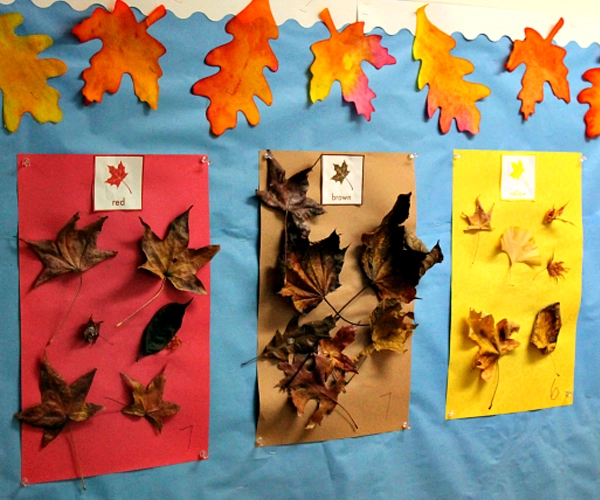

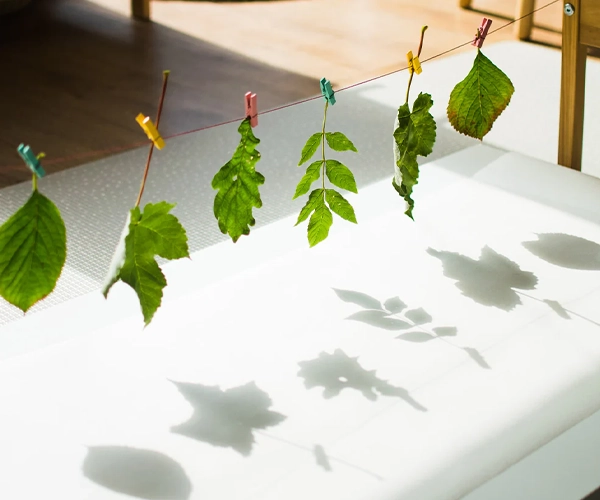
How Can I Incorporate Autumn Themes into Preschool Learning?
Incorporating autumn activities for preschool into the curriculum is an exciting and effective way to make learning more engaging for young children. Fall provides numerous opportunities to connect natural elements and cultural traditions to all areas of learning, from math and science to literacy and creative arts. Here are some practical ways to include autumn activities for preschool into your daily routine:
1. Storytime with Autumn Books
One of the simplest ways to introduce autumn activities for preschool is through books. Choose age-appropriate, autumn-themed stories that explore falling leaves, animal behavior, or harvest time. Books like “Leaf Man” by Lois Ehlert or “The Busy Little Squirrel” by Nancy Tafuri are perfect for discussing the seasonal changes in nature.
Activity Idea 1: Story Retelling with Leaf Puppets
After reading a fall-themed book, invite children to create simple leaf puppets using construction paper, glue, and craft sticks. They can draw or glue faces on the leaves to represent story characters. Encourage them to retell parts of the story using their puppets. This autumn activity for preschool strengthens narrative skills, sequencing, and memory through creative expression.
Activity Idea 2: Create a “Fall Story Walk”
Print pages or key scenes from a favorite autumn book and post them along a path in the playground or schoolyard. Children follow the story outdoors as they walk from one station to the next. This is an excellent way to combine literacy with movement and outdoor exploration, turning storytime into a multisensory autumn activity for preschool.
2. Nature-Based Learning
Autumn offers many opportunities to teach science concepts through nature. Take the children on nature walks to observe the changing colors of leaves, identify different trees, or look for signs of animals preparing for winter. These outdoor excursions can lead to further autumn activities for preschoolers, such as science lessons on plant life cycles or weather patterns.
Classroom Extension: Back in the classroom, create a science table where children can display the natural objects they collected, such as leaves, pinecones, and acorns. This turns the nature walk into a more extensive autumn activity for preschool, integrating math and science.
Activity Idea 1: Leaf Sorting and Graphing
After a walk outdoors, invite the children to sort the collected leaves by color, shape, or size. Provide a large paper or pocket chart sheet to help them graph the results. This hands-on activity introduces classification and basic data concepts, combining observation with early math skills through autumn-themed content.
Activity Idea 2: Acorn Sink or Float Science
Collect acorns during a nature walk and use them for a simple science experiment. Provide water bowls and have children predict whether acorns will sink or float. Discuss and compare the results with other natural objects like pinecones or leaves. This is one of the easiest ways to integrate science into autumn activities for preschool in a playful and inquiry-based format.
3. Autumn-Themed Arts and Craft Projects
Creative autumn activities for preschool, like making leaf rubbings, painting pumpkins, or creating handprint turkeys, allow children to express themselves artistically while reinforcing seasonal themes.
For more ideas, check out our full collection of preschool arts and crafts projects, featuring hands-on activities that blend creativity with seasonal learning.
Craft Idea: Organize a class project where children create autumn trees by pasting leaf cutouts onto an extensive tree outline. They can personalize their leaves with drawings or words describing their favorite autumn part. This tree can become a central part of your autumn bulletin board display.
4. Autumn Cooking and Baking
Bringing autumn cooking ideas for preschoolers into the classroom provides hands-on learning that combines math, science, and sensory exploration. Baking projects like pumpkin muffins or apple pies allow children to measure ingredients and observe changes during the cooking process. This autumn activity for preschool introduces math concepts such as counting, fractions, and measurement.
Educational Tip: As the children measure flour, sugar, or milk, use this opportunity to introduce basic math concepts such as counting, fractions, and volume. For example, explain that “one cup” is the same amount regardless of what ingredient is inside, helping them understand the concept of units.
Activity Suggestion: Make-Your-Own Apple Sandwiches
Materials Needed: Apple slices, sunflower seed butter or cream cheese, raisins or granola, plastic knives, paper plates
Provide each child with two apple slices and a small filling, such as cream cheese or sunflower butter. Let them spread the filling on one slice using a plastic knife, then add raisins or granola before topping with the second slice to make a sandwich. This autumn activity for preschoolers supports independence and hand-eye coordination and introduces basic food preparation. During the process, children can describe textures and flavors, compare sizes, and even count how many raisins they use, naturally integrating early math and descriptive language.
5. Math and Literacy with Fall Themes
Incorporating fall themes into math and literacy activities is another effective way to engage young learners. During autumn activities for preschool, use pumpkins, apples, or leaves as counting tools. For literacy, create word walls or flashcards with autumn-related words like “fall,” “leaves,” “pumpkin,” and “harvest.”
Activity Idea: Have the children create a simple autumn-themed counting book. Each page can have a different number of leaves, apples, or pumpkins, and the children can practice writing the number and word for each page. This integrates both numeracy and literacy into one engaging project.
Leaf Pattern Sequencing
Materials Needed: Artificial or real fall leaves in different colors and shapes, pattern cards, glue, and paper
Children explore simple AB or ABB patterns using leaves. Start by showing a pattern card such as red-yellow-red-yellow and invite the children to replicate it with real or paper leaves. Once they understand the sequence, they can glue the leaves onto a strip of paper to make their own fall pattern strip. This activity strengthens early math skills such as pattern recognition and sequencing and fits naturally into autumn activities for preschool.
Pumpkin Letter Matching
Materials Needed: Paper pumpkins with lowercase or uppercase letters written on them, alphabet chart or matching letter cards, tape or Velcro dots
Create a matching station where children pair letter-labeled pumpkins with their corresponding matches on a chart or table. You can differentiate by using uppercase letters on the pumpkins and lowercase letters on the chart or by asking children to name a word that begins with the letter. This literacy-rich fall activity reinforces alphabet knowledge in a hands-on, seasonal way and is an ideal component of autumn activities for preschool classrooms.
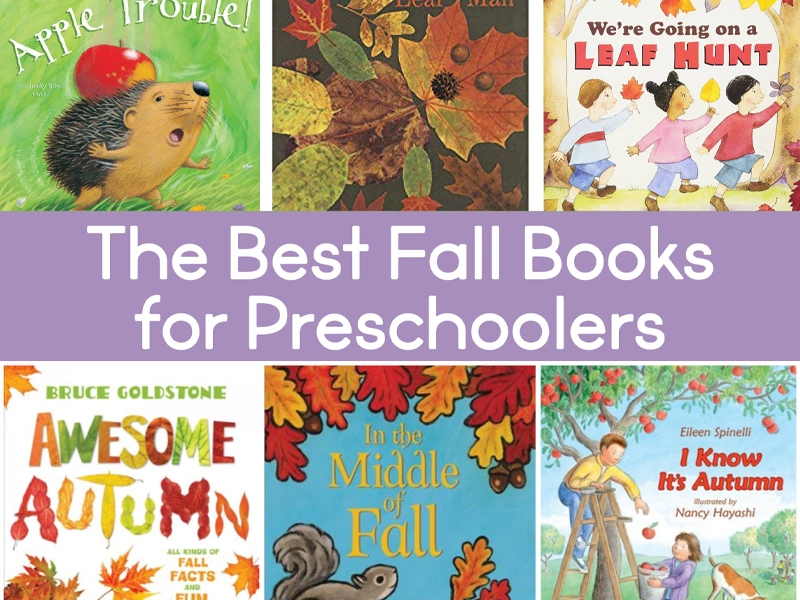

What Is a Sensory Bin, and How Can It Be Used in Autumn-Themed Learning?
A sensory bin is a container filled with materials that provide a tactile learning experience. It allows children to explore textures, shapes, colors, and even sounds hands-on. Sensory bins are especially effective in early childhood education because they help young children develop fine motor skills, engage their senses, and practice language and cognitive skills by describing what they see and feel.
What Makes an Autumn-Themed Sensory Bin?
For autumn, a sensory bin can be filled with seasonal items that represent the textures and colors of fall. These bins are easy to prepare and can be customized to fit any autumn-related topic you teach. Common materials for autumn-themed sensory bins might include:
- Dried corn kernels or rice dyed in autumn colors (red, orange, yellow)
- Small pumpkins and gourds
- Acorns and pinecones
- Artificial autumn leaves
- Mini scarecrows or woodland animal figurines
- Cinnamon sticks for scent exploration
Each item stimulates different senses, providing opportunities for children to engage in a fully immersive learning experience.
How to Use a Sensory Bin in Autumn Learning
Sensory bins are versatile and can be used in various areas of learning. Here are some ways to incorporate them into autumn-themed lessons:
- Math Skills: Provide scoops, measuring cups, or small containers so children can practice measuring and counting the items in the bin. You can also ask them to sort the items into categories (e.g., big and small pumpkins, different types of leaves), introducing basic sorting and categorization concepts.
- Language Development: Encourage children to describe the different textures, shapes, and colors they feel. For example, ask, “How does the corn feel compared to the leaves?” or “What color are the pumpkins?” This builds vocabulary and helps children articulate sensory experiences.
- Creative Play: Sensory bins are great for fostering creative and imaginative play. Children can create small worlds or scenarios using the objects in the bin. For example, they might “pretend” the acorns are food for squirrels or use the mini pumpkins to create a pretend farmer’s market. This type of open-ended play promotes creativity and social skills.
Benefits of Sensory Bins in Autumn Learning
- Fine Motor Skills: Scooping, pouring, and picking up small items help children refine their fine motor skills, which are essential for tasks like writing and using utensils.
- Calming Effect: Sensory play often has a calming effect on children, making it an excellent activity for transition times or when children need a break from more structured learning.
- Promoting Inquiry-Based Learning: Sensory bins encourage children to ask questions, make observations, and engage in exploratory learning. You can foster inquiry by prompting them with questions like, “Why do you think the leaves feel different from the acorns?” or “What happens when we bury the pumpkin in the corn?”
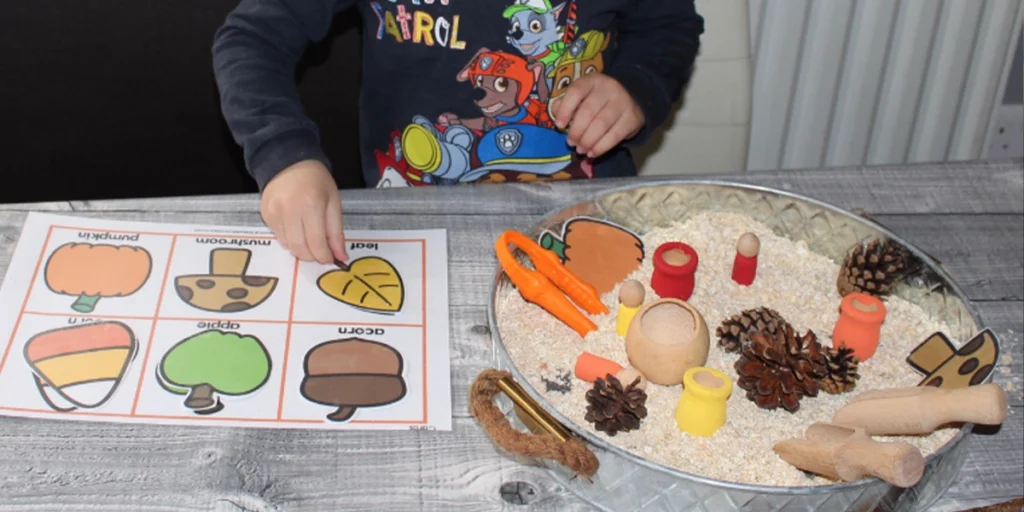
Bringing the Magic of Autumn into Your Preschool Classroom
Autumn is a season full of wonder, discovery, and sensory experiences, making it the perfect opportunity to engage preschoolers in creative and educational activities. By incorporating autumn activities for preschool into your daily routine, you can nurture children’s natural curiosity about the changing world around them. Whether through sensory bins filled with seasonal treasures, nature walks to explore the outdoors, or crafting with leaves and pumpkins, these activities provide a holistic approach to early learning.
From art projects that enhance creativity to hands-on science experiments that teach about weather and plant cycles, autumn offers endless possibilities to support young learners’ motor skills, cognitive development, and social-emotional growth. So this fall, take the time to explore these fun and educational autumn theme ideas for preschoolers and watch as your classroom comes alive with the season’s sights, sounds, and smells.
By fostering an environment where children can learn through play, exploration, and creativity, you’ll teach them about autumn and lay the foundation for a lifelong love of learning. Let these seasonal activities inspire you and your students as you embark on a beautiful autumn journey together!
Conclusion
Autumn presents a unique opportunity to enrich preschool learning with seasonal themes that are hands-on, meaningful, and developmentally appropriate. From exploring nature through sensory walks to practicing early math with apples and leaves, every part of the season can be an engaging learning experience. By integrating autumn activities for preschool across different subject areas—art, literacy, science, and movement—educators can create a classroom environment that feels connected to the world outside and rooted in real experiences. These activities spark curiosity and creativity and build foundational skills in a joyful, memorable way. Whether planning a fall-themed week or weaving seasonal content throughout your curriculum, the ideas shared here are designed to inspire, adapt, and grow with your teaching goals.
FAQs
What age group are these autumn activities for preschool best suited to?
These activities are primarily designed for children ages 3–5. However, many can be adapted for older toddlers or kindergarten-aged children with slight modifications in difficulty or depth.
How can I manage these activities in a larger class setting?
Group-based tasks like collaborative crafts or sensory stations are ideal. Prepare materials in advance, assign children to small rotating groups, and simplify instructions into visual steps when possible.
Can these autumn activities be done indoors if the weather is bad?
Absolutely. Many outdoor activities, such as scavenger hunts or leaf sorting, can be adapted for indoor spaces using artificial materials or items collected earlier. Cooking and craft projects are especially suited for indoor environments.
How often should I include seasonal activities in the preschool curriculum?
Integrating autumn activities for preschool two to three times a week during the fall season keeps the theme fresh without oversaturating the schedule. You can also weave fall elements into daily routines such as storytime, free play, or snack prep.
What if I can’t access natural fall materials like leaves or acorns?
You can easily substitute real items with printed images, felt shapes, or store-bought seasonal decor. The key is engaging children with autumn’s colors, patterns, and stories—not necessarily the exact materials.



